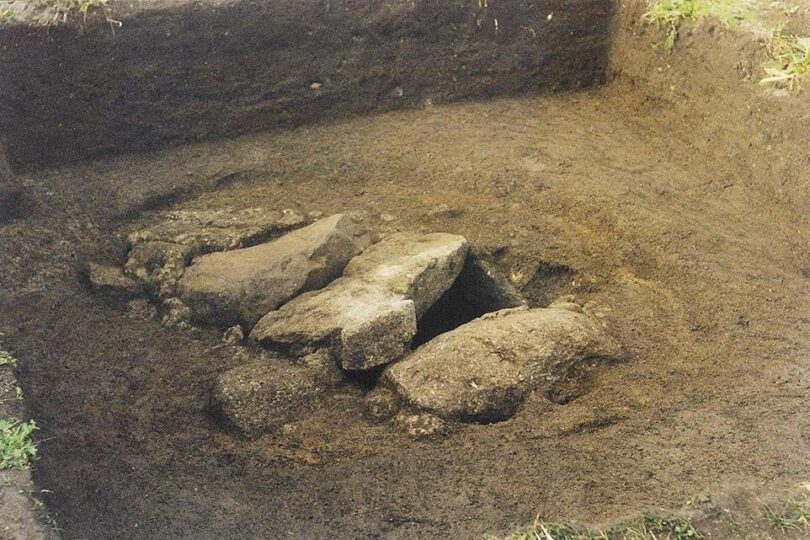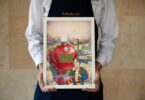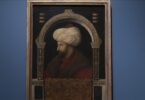LONDON (DPA) : A new study has finally resolved the long-standing mystery of a 2,000-year-old burial – whether it was a man or woman – on the Isles of Scilly.
Researchers led by Historic England re-analyzed the prehistoric burial, which has puzzled archaeologists since it was discovered on the island of Bryher in 1999, and concluded the occupant of the grave was a woman.
The grave is unique in Iron Age Western Europe for containing both a mirror and a sword with just one person.
For years, these contents have puzzled experts, as, in other burials of the same period, swords are normally found with males and mirrors with females.
But the findings suggest female involvement in raids and other types of violence could have been more common in Iron Age society than previously thought.
They further indicate the potential for other hidden female warriors.
Sarah Stark, the human skeletal biologist at Historic England, said, “Our findings offer an exciting opportunity to re-interpret this important burial.”
“They provide evidence of a leading role for a woman in warfare on Iron Age Scilly.”
“Although we can never know completely about the symbolism of objects found in graves, the combination of a sword and a mirror suggests this woman had high status within her community and may have played a commanding role in local warfare, organizing or leading raids on rival groups.”
“This could suggest that female involvement in raiding and other types of violence was more common in Iron Age society than we’ve previously thought, and it could have laid the foundations from which leaders like Boudicca would later emerge.”
Stark added, “It would be interesting to re-analyze other degraded burials to see if there are more ‘hidden’ female warriors out there.”
Attempts to establish sex by traditional methods, such as DNA analysis, failed because of how badly the bones had disintegrated.
But recent scientific advances allowed researchers to examine tooth enamel in order to make a determination.
Glendon Parker, professor of environmental toxicology at the University of California at Davis, said: “Tooth enamel is the hardest and most durable substance in the human body. It contains a protein with links to either the X or Y chromosome, which means it can be used to determine sex.”
“This is useful because this protein survives well compared to DNA. Our analysis involved extracting traces of proteins from tiny pieces of the surviving tooth enamel. This allowed us to calculate a 96% probability that the individual was female.”
As well as telling archaeologists more about the individual, the research led by Historic England could shed light on the role of women in Iron Age Britain, when violence between communities was a fact of life.
The main form of warfare 2,000 years ago is likely to have been surprise attacks carried out by a war party on enemy settlements.
The mirror and weapons found in the grave are all associated with warfare, experts say, with mirrors having a range of practical and symbolic uses.
They could be used for signaling, communicating, and coordinating attacks, and they also had ritualistic functions, as a tool to communicate with the supernatural world to ensure the success of a raid or cleanse warriors on their return.
The findings were reported in The Journal of Archaeological Science Reports.







